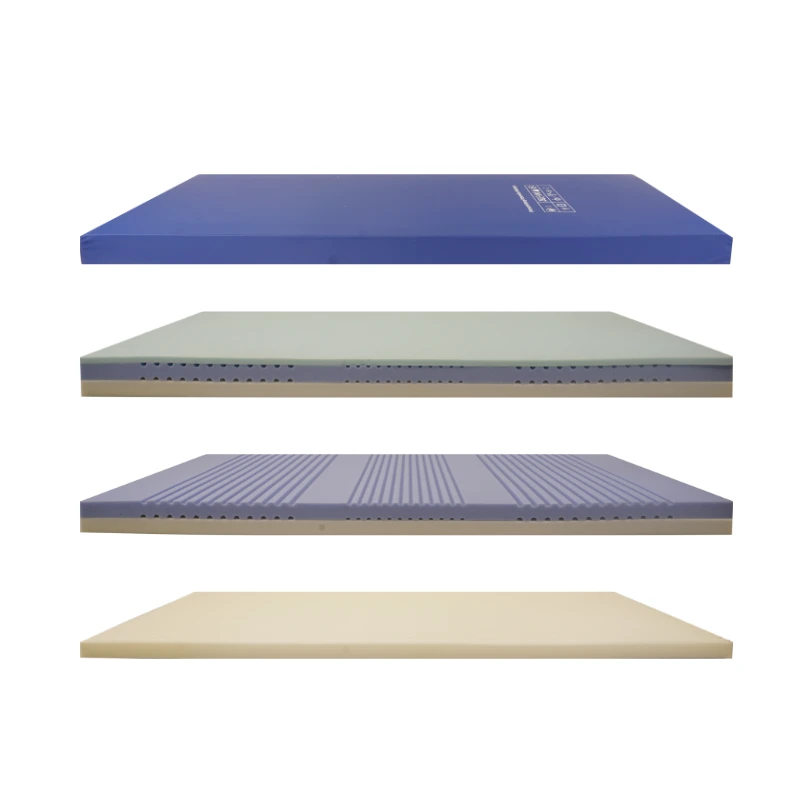Optimal Comfort and Support in Patient Bed Mattresses for Hospital Care
The Importance of Choosing the Right Patient Bed Mattress
Selecting the appropriate patient bed mattress is crucial in healthcare settings, whether in hospitals, nursing homes, or at home. The right mattress not only enhances the comfort of the patient but also plays a significant role in their overall health and recovery process. With the diverse range of options available, understanding the key features and benefits of various patient bed mattresses can help caregivers make informed decisions.
First and foremost, pressure relief is a primary consideration when choosing a patient bed mattress. Patients who are confined to bed for extended periods are at risk for pressure ulcers, also known as bedsores. These wounds occur when there is prolonged pressure on the skin, leading to reduced blood flow and tissue damage. Specialized pressure-relief mattresses, often made from materials like foam or gel, are designed to distribute weight evenly and minimize pressure points. By providing adequate support and comfort, these mattresses can significantly reduce the incidence of pressure ulcers and promote healthier skin.
Another critical aspect is the level of support the mattress provides. Different patients have varying needs based on their medical conditions, mobility levels, and weight. For instance, individuals with chronic pain require a more supportive mattress that can cradle their body while maintaining spinal alignment. A mattress that is too soft may lead to improper posture, while one that is too firm can create discomfort. Many patient bed mattresses come with adjustable firmness levels, allowing caregivers to tailor the support based on individual needs.
patient bed mattress

In addition to comfort and support, hygiene is a vital factor to consider. Patients with compromised immune systems are particularly susceptible to infections. Many modern patient bed mattresses feature antimicrobial properties and are designed to be easy to clean. Waterproof covers also help in maintaining hygiene by protecting the mattress from spills and bodily fluids, thereby prolonging its lifespan and ensuring a healthier sleeping environment.
Temperature regulation is an often-overlooked feature that can significantly impact patient comfort. Some mattresses are equipped with cooling technology to dissipate heat, while others are designed to retain warmth. This feature is especially important for elderly patients or those recovering from surgery, as they may struggle to maintain their body temperature. Choosing a mattress that aids in temperature regulation can lead to more restful sleep, which is essential for recovery.
Lastly, mobility is an essential consideration for both patients and caregivers. Some mattresses are designed to be more lightweight and easier to handle, facilitating easier bed-to-wheelchair transfers or adjustments during patient care. Additionally, some models may incorporate features like built-in handles or straps for enhanced mobility, making them user-friendly.
In conclusion, selecting the right patient bed mattress is a multifaceted decision that requires consideration of comfort, pressure relief, support, hygiene, temperature regulation, and mobility. By prioritizing these factors, caregivers can significantly enhance the quality of care and promote better recovery outcomes for their patients. Investing in a quality patient bed mattress is not just a practical decision; it is a commitment to improving the overall health and well-being of those we care for.
-
The Effect of Coconut Foam Mattress Breathability and Humidity Regulation on Improving Sleep QualityNewsJul.03,2025
-
How Wave Mattress Systems Improve Blood Circulation During ImmobilityNewsJul.03,2025
-
The Climate-Adaptive Sleep Revolution: Exploring the Benefits of Cooling Gel Memory Foam MattressesNewsJul.03,2025
-
Exploration of the Role of Coconut Foam Mattress in Preventing Bedsores in the ElderlyNewsJul.03,2025
-
Comparing Wave Mattress and Air Mattress: Which Is Better for Medical Use?NewsJul.03,2025
-
Analysis of Comfort and Environmental Performance of Natural Latex and Coconut Foam MattressNewsJul.03,2025
-
Multi-Layer Construction for Enhanced Performance in Gel Mattress PadNewsJun.24,2025

